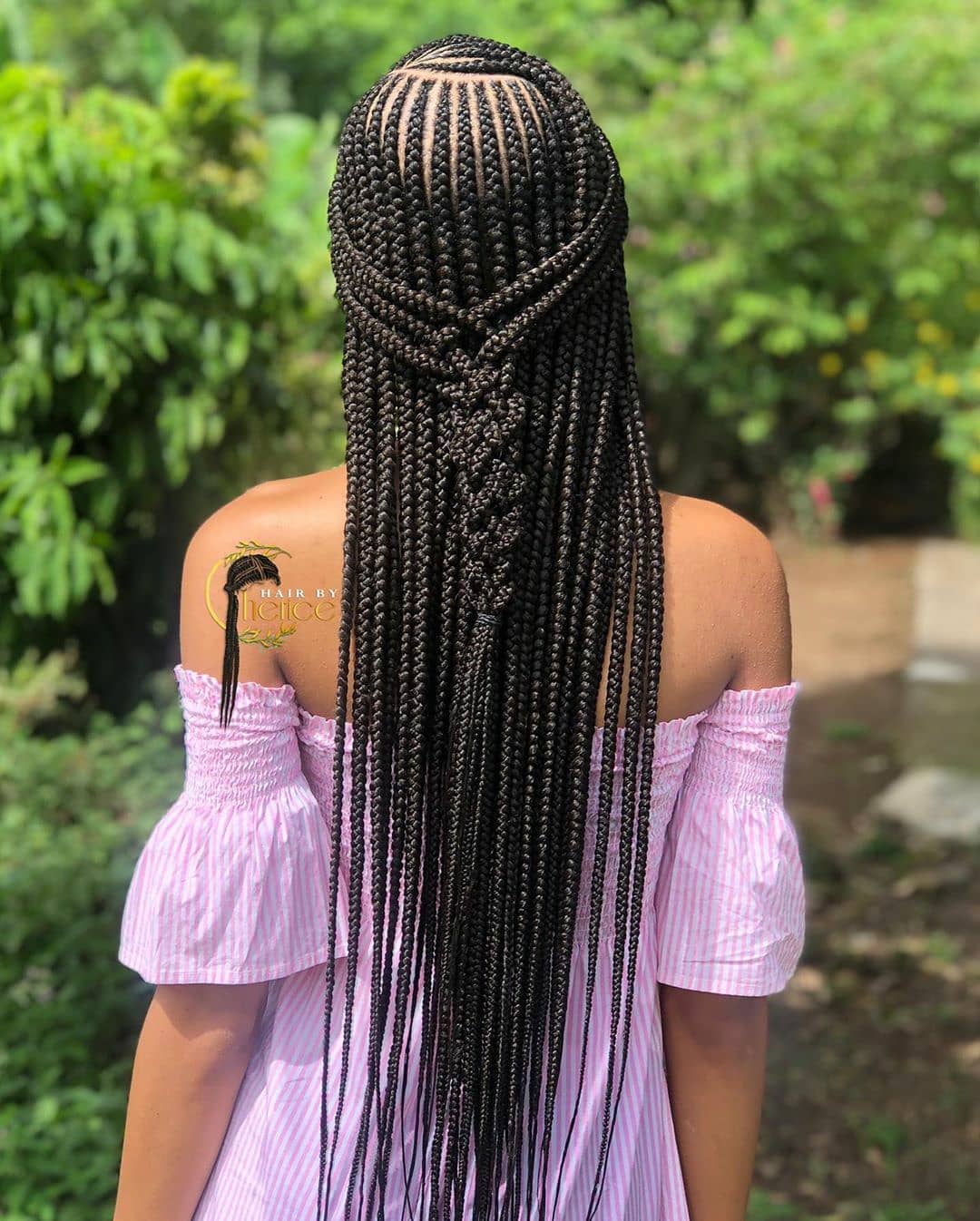Different Braids: A Comprehensive Guide To Braiding Styles And Techniques
Different braids have become a significant part of contemporary hairstyles, showcasing creativity and individuality. Understanding the various types of braids not only enhances your styling options but also allows you to express your unique personality. In this guide, we will explore the different braiding techniques, their history, and how to create them at home.
From classic three-strand braids to intricate fishtails and Dutch braids, each style has its own charm and suitability for various occasions. Whether you are preparing for a casual day out or a formal event, knowing how to braid can elevate your look and provide a fresh take on your hairstyle.
This article will delve into the history of braids, provide step-by-step instructions for creating different styles, and offer tips on how to maintain and care for braided hairstyles. Let’s dive into the world of braids!
Table of Contents
- 1. History of Braids
- 2. Types of Braids
- 3. How to Braid: Step-by-Step Instructions
- 4. Tips for Successful Braiding
- 5. Caring for Braids
- 6. Conclusion
1. History of Braids
Braiding has a rich history that dates back thousands of years. It is believed that braiding originated in Africa, where it was not only a practical way to keep hair tidy but also a means of cultural expression. Braids have been used to signify social status, age, and marital status in various cultures.
Throughout history, different civilizations have adopted braiding techniques, each adding their unique twist. For example, in ancient Egypt, braids were often adorned with beads and gold threads. In contrast, Native American tribes used braiding as a form of storytelling, with different styles representing different narratives.
Today, braids have transcended cultural boundaries and are embraced globally, appearing on runways, red carpets, and everyday styles. This evolution reflects the versatility and beauty of braids across different cultures.
2. Types of Braids
There are numerous braiding styles to choose from, making it easy to find one that suits your personality and the occasion. Here are some of the most popular types of braids:
2.1 Three-Strand Braid
The three-strand braid is the most basic and commonly known braid. It involves dividing the hair into three equal sections and crossing them over one another in a specific pattern. This braid is versatile and can be worn casually or dressed up.
2.2 Fishtail Braid
The fishtail braid is a more intricate style that resembles the tail of a fish. This braid requires dividing the hair into two sections and taking small pieces from each section to create a woven effect. It is perfect for a bohemian look and works well for both long and medium hair.
2.3 Dutch Braid
The Dutch braid, often referred to as the “inside-out braid,” is similar to the French braid but creates a more pronounced, raised effect. This braid involves crossing the sections under each other rather than over. It’s a great choice for a sporty or chic look.
2.4 Box Braids
Box braids are a popular protective style that involves sectioning the hair into square-shaped parts and braiding each section. This style can be done with natural hair or added extensions, providing versatility in length and thickness. Box braids are low-maintenance and can last for several weeks with proper care.
3. How to Braid: Step-by-Step Instructions
Learning to braid is easier than you might think! Here are step-by-step instructions for creating a basic three-strand braid:
- Start by brushing your hair to remove any tangles.
- Gather the hair into a ponytail or divide it into three sections (left, middle, right).
- Cross the right section over the middle section.
- Next, cross the left section over the new middle section.
- Continue crossing right and left sections over the middle until you reach the end of the hair.
- Secure the end with a hair tie.
4. Tips for Successful Braiding
Here are some tips to help you achieve the perfect braid:
- Start with clean, dry hair for easier manipulation.
- Use a detangling spray to smooth out any knots.
- Practice makes perfect; don’t be discouraged if it doesn’t look perfect on the first try.
- Experiment with different hair textures and lengths to find what works best for you.
5. Caring for Braids
Proper care is essential for maintaining your braids and your hair health. Here are some tips:
- Keep your scalp clean by washing with a gentle shampoo.
- Moisturize your braids with leave-in conditioner to prevent dryness.
- Avoid tight braids that can cause tension and breakage.
- Consider using a silk or satin scarf while sleeping to reduce friction.
6. Conclusion
In conclusion, different braids offer a world of styling possibilities that can enhance your look and showcase your creativity. From the timeless three-strand braid to the intricate fishtail and protective box braids, there is a style for every occasion and hair type. By learning these techniques and caring for your braids, you can enjoy beautiful, long-lasting hairstyles.
We encourage you to try out these braiding styles and share your experiences in the comments below. Don’t forget to share this article with friends and explore more of our content for additional hairstyle inspiration!
Thank you for reading, and we hope to see you back for more hairstyling tips and tricks!
Sleep Verses: Exploring The Healing Power Of Sleep Through Poetry
Exploring The Life And Career Of Sonnie Badu
Exploring The Conelle Twins: A Journey Into Their Lives, Careers, And Influence



